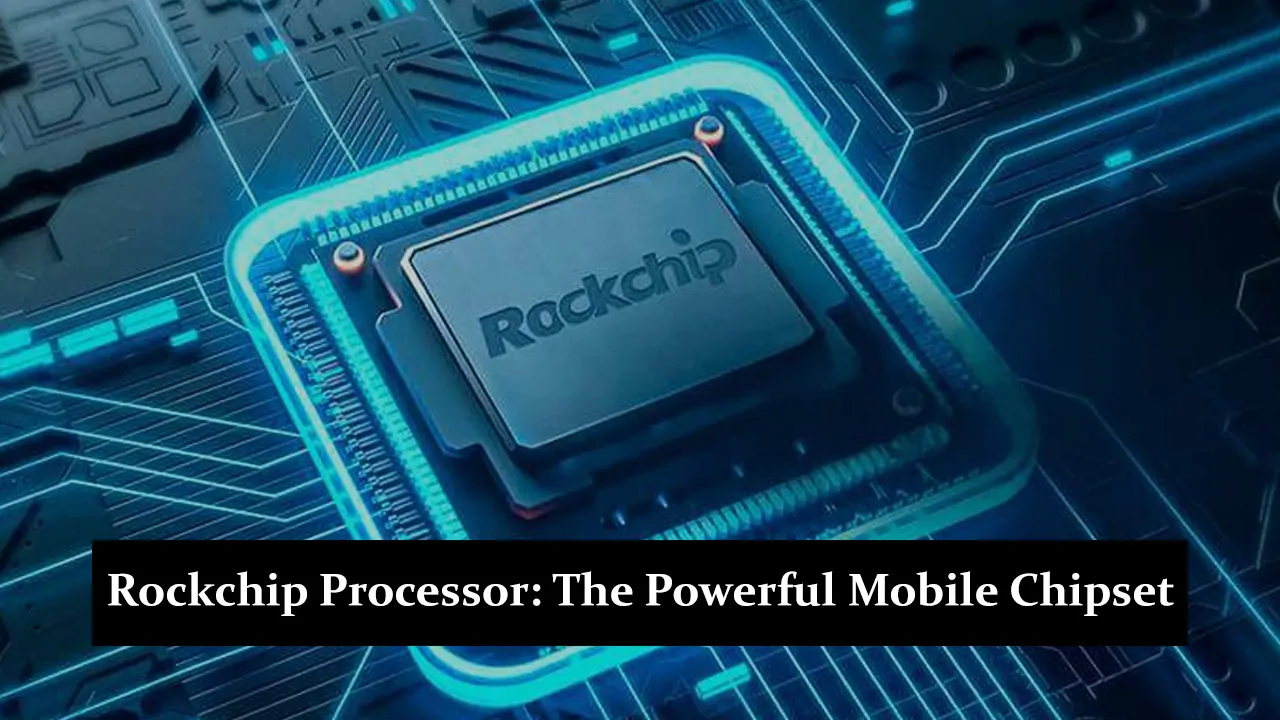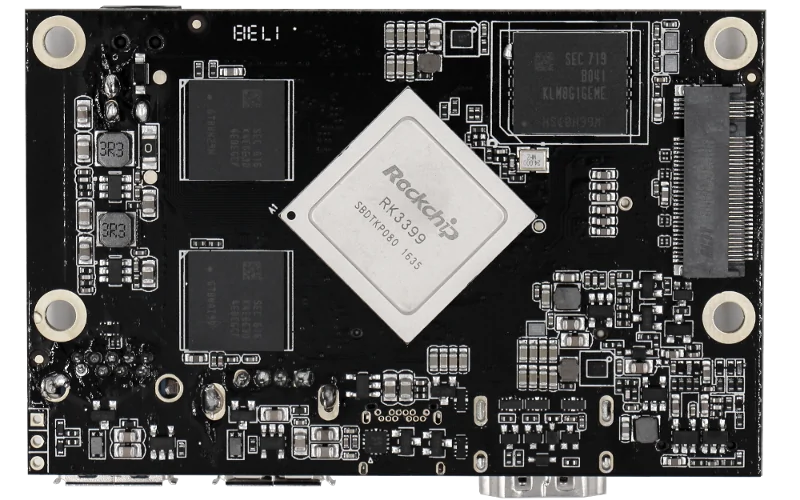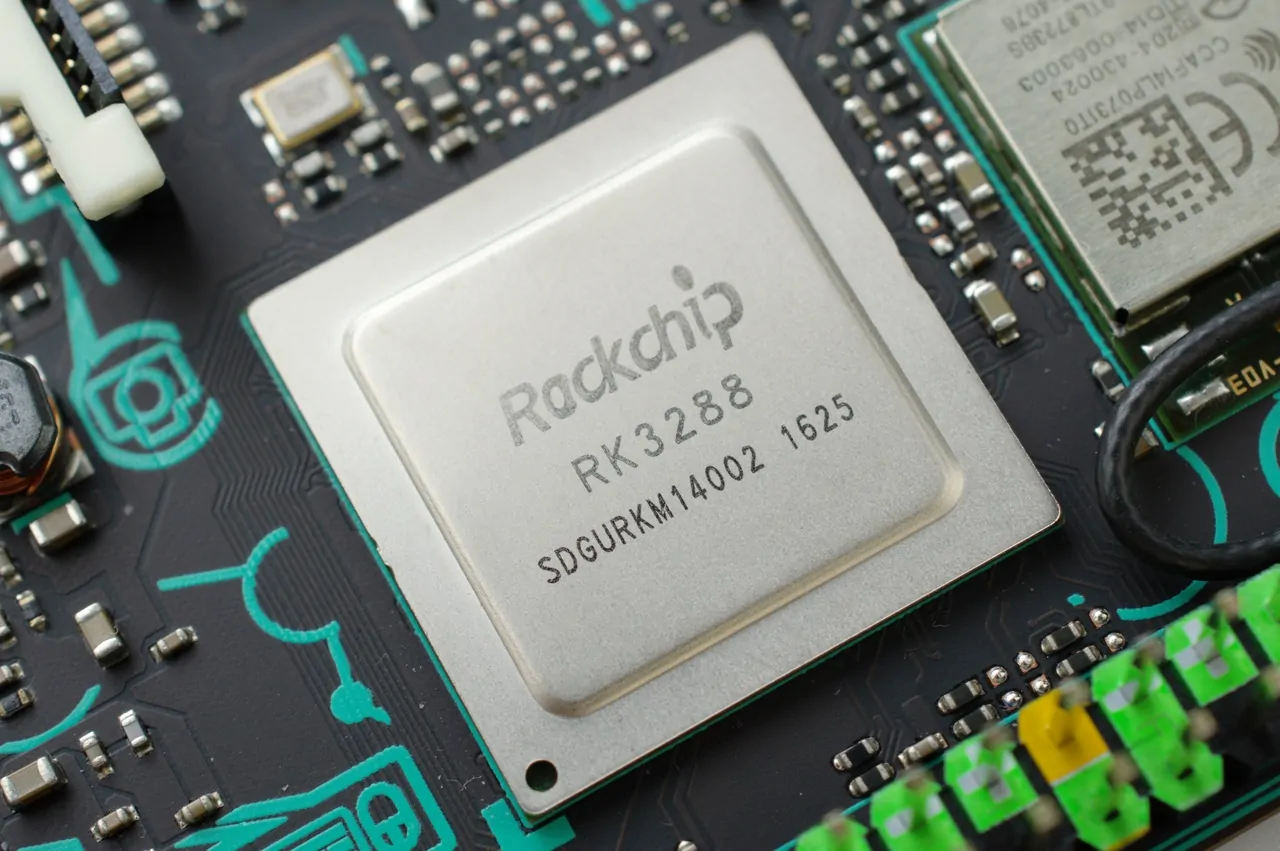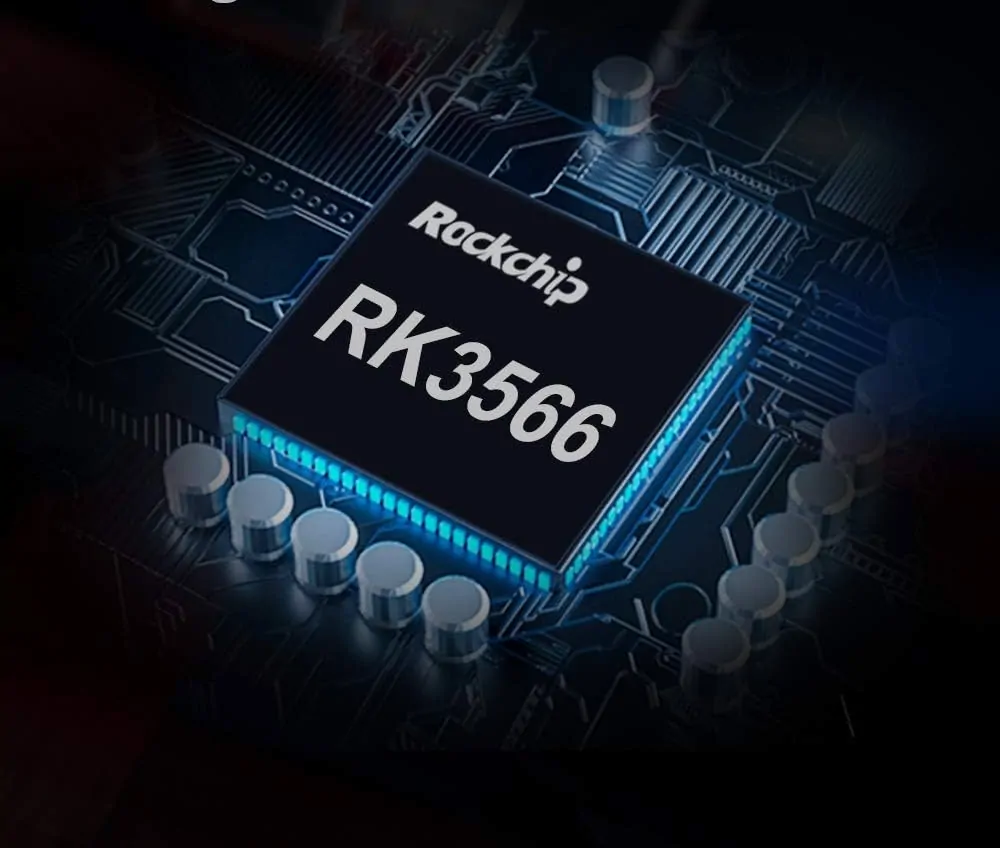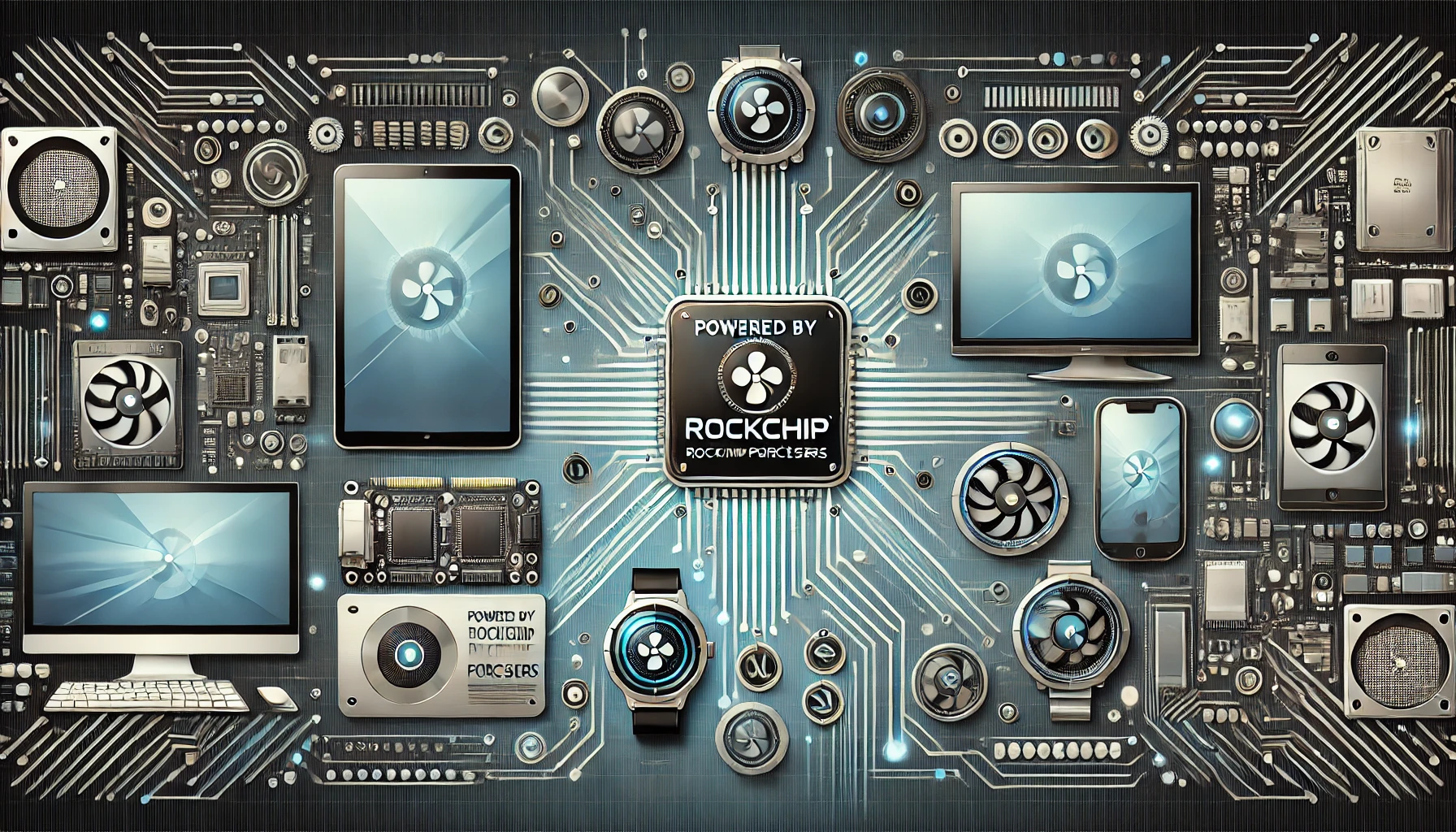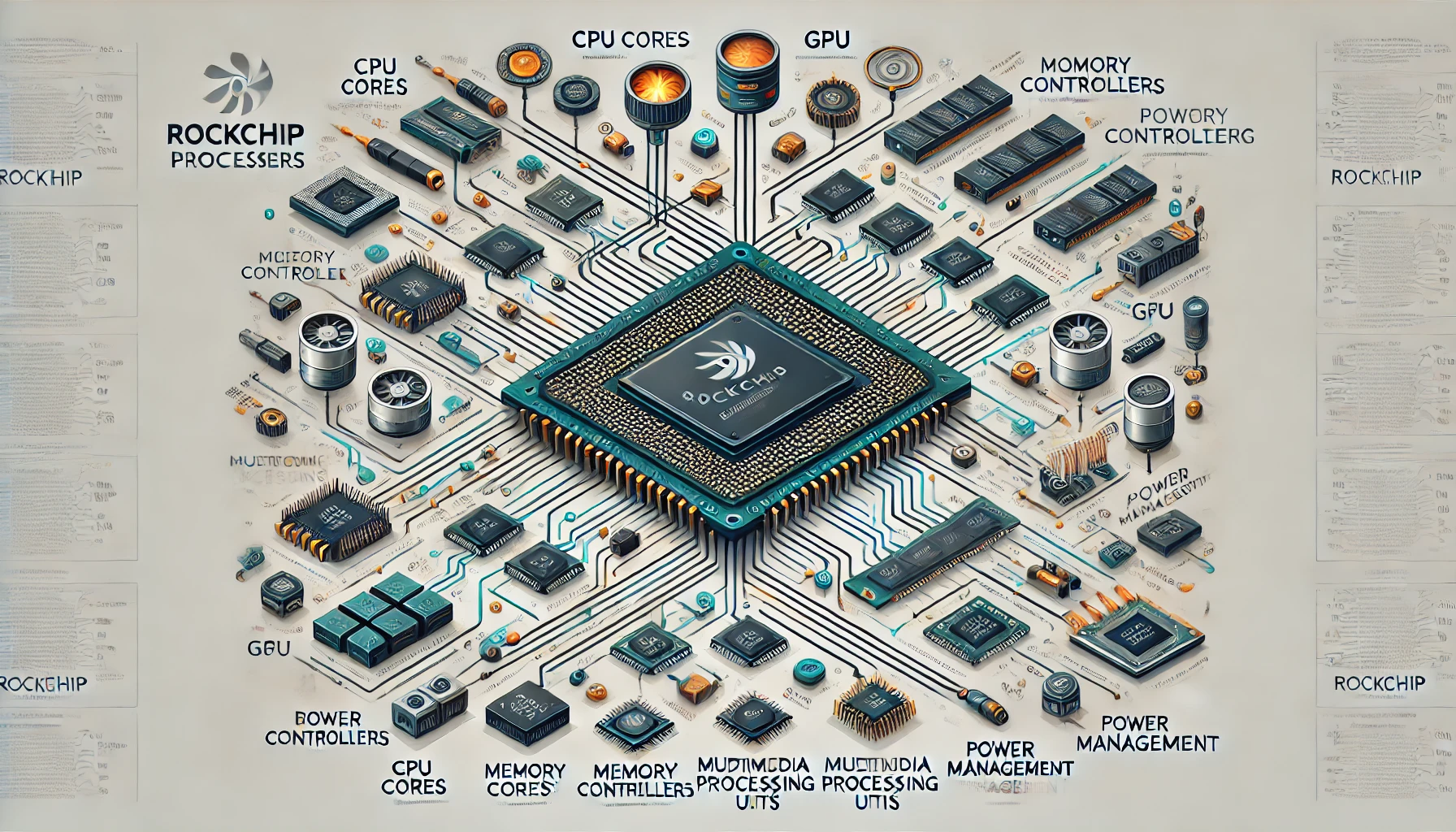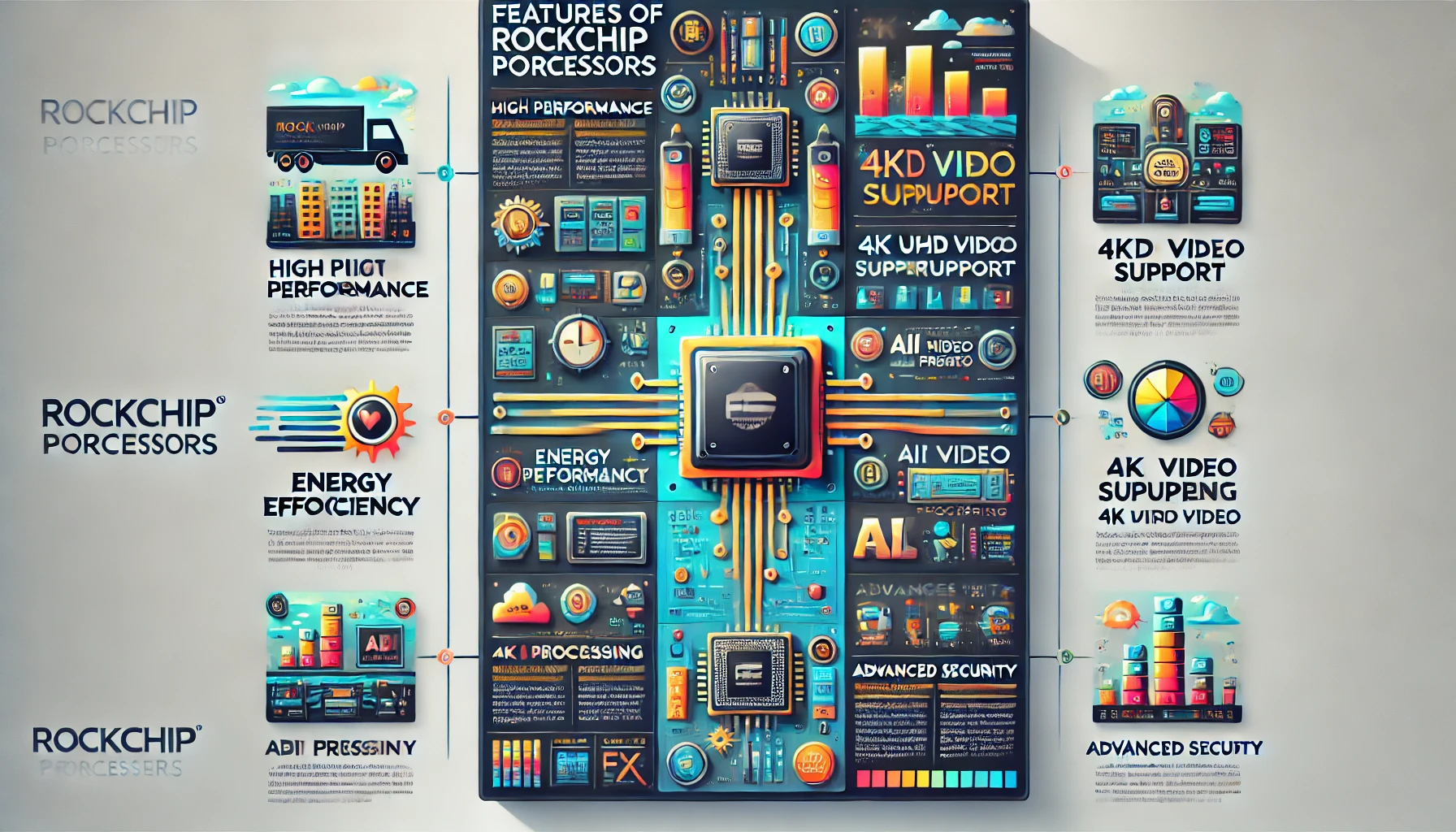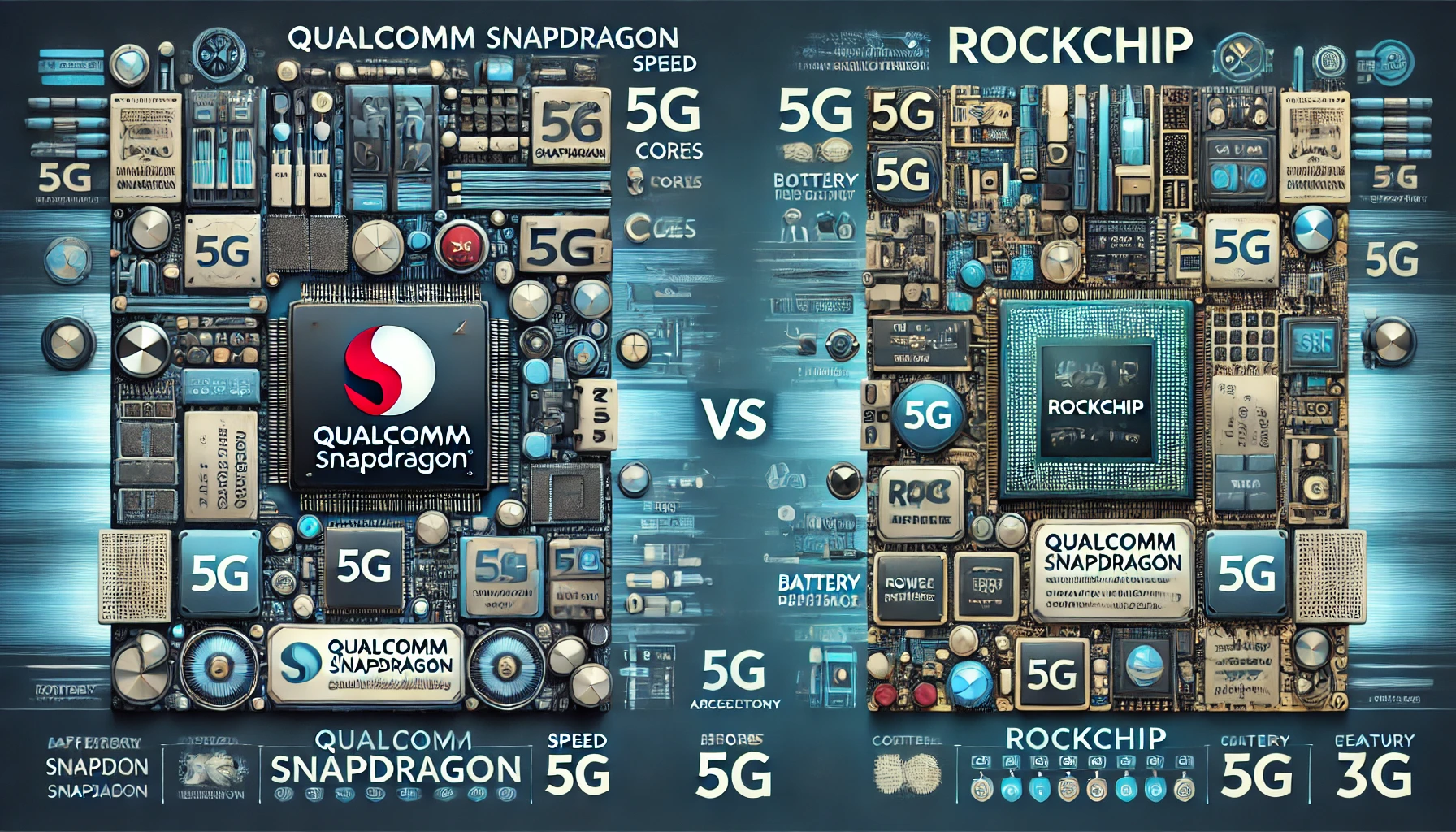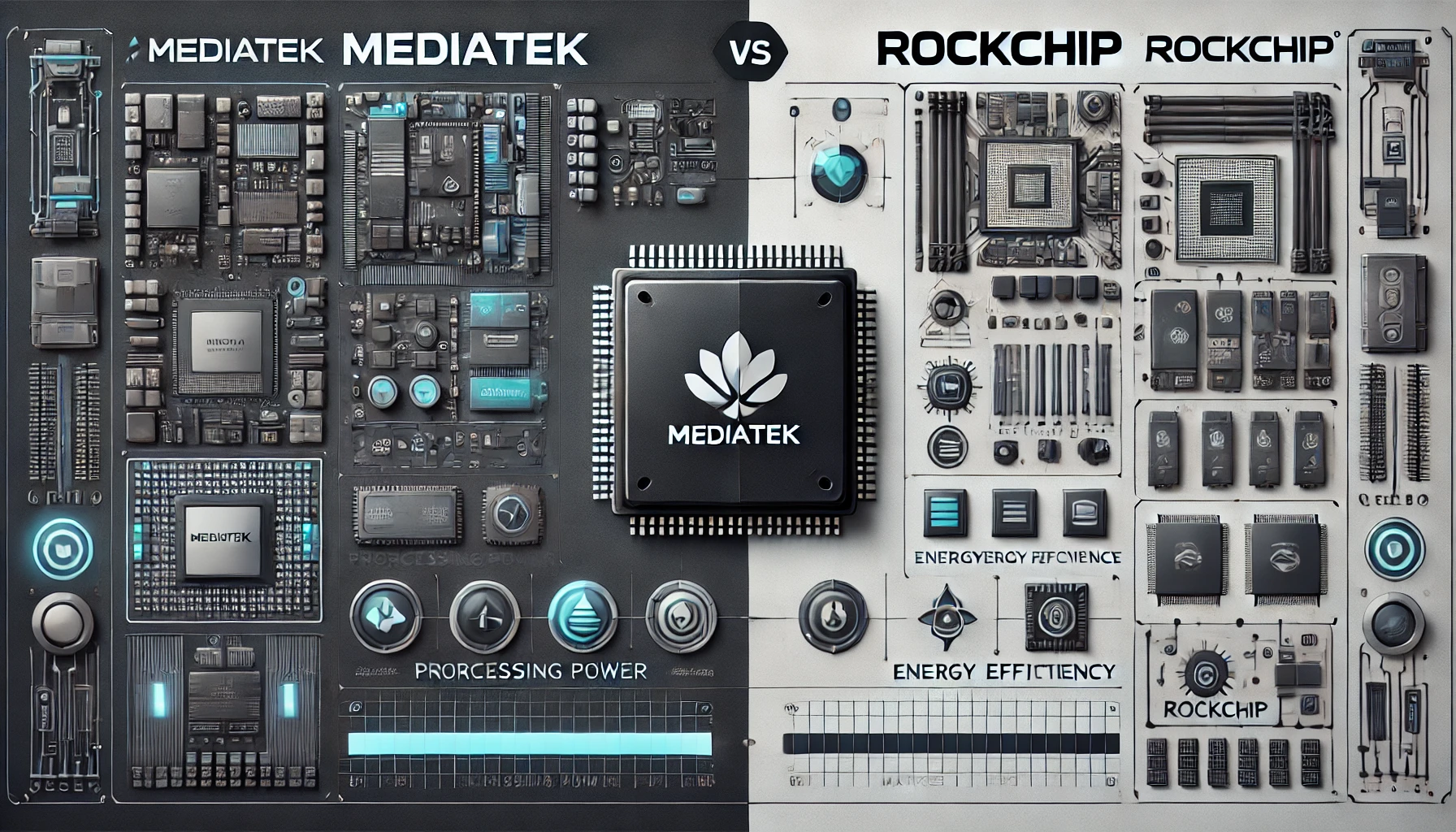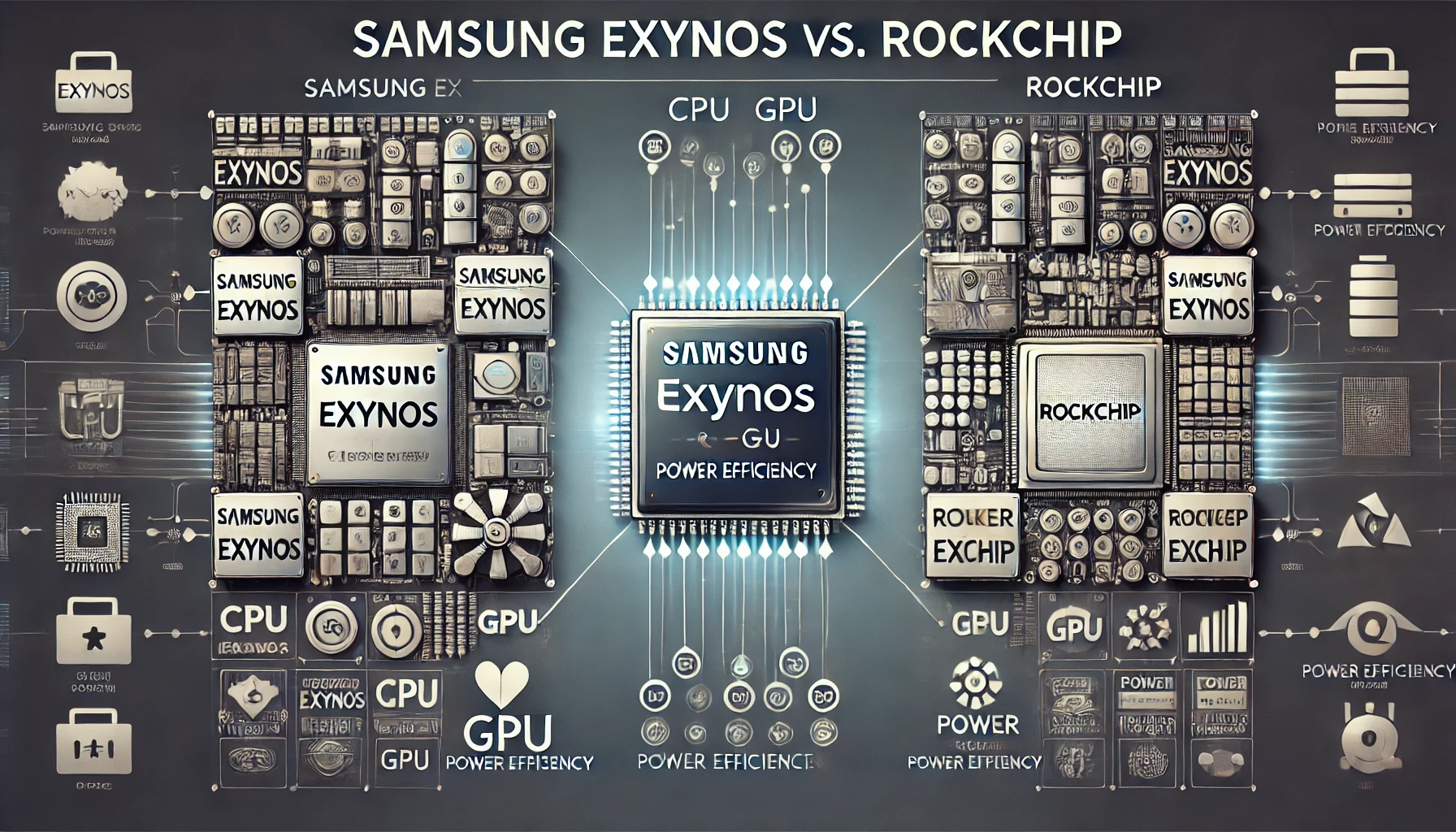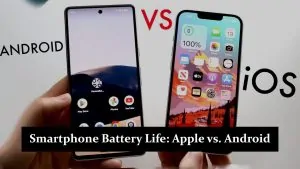Rockchip is a renowned player in the mobile processor industry, known for its powerful mobile chipsets used in mobile phones, tablets, and various electronics. Its processors are essential for providing efficient performance and enhancing user experiences in these devices. This blog will explore Rockchip’s architecture, key features, performance capabilities, and wide range of applications across different tech devices.
What is Rockchip?
Rockchip, officially known as Fuzhou Rockchip Electronics Co., Ltd., is a leading semiconductor company based in China. It specialises in producing high-performance smart phones, tablets, and other electronics processors. Founded in 2001, Rockchip has steadily grown to become a key player in the semiconductor industry. It released its first processor in the early 2000s and has continued innovating.
With a reputation for affordability and innovation, Rockchip has achieved several milestones, including developing ARM-based processors widely used in affordable devices and partnerships with major tech companies. Their advancements have significantly impacted the global processor market.
Models of Rockchip Processors
RK3288
The RK3288 is a popular Rockchip processor known for its high-performance quad-core Cortex-A17 architecture. Launched in 2014, it integrates a powerful Mali-T760 GPU, making it ideal for tablets, TV boxes, and other multimedia devices. It supports 4K video playback and offers impressive gaming and video application processing power.
RK3399
The RK3399 is a high-end, versatile processor launched in 2016. It features a six-core design, including dual Cortex-A72 and quad Cortex-A53 cores. It includes a Mali-T860 GPU and is renowned for its powerful performance in multitasking and high-definition video playback. It is commonly used in Chromebooks, VR headsets, and edge computing devices.
RK3566
The RK3566 is a newer generation of Rockchip processors that incorporates a quad-core Cortex-A55 architecture, offering enhanced power efficiency and AI capabilities. Released in 2020, it includes a Mali-G52 GPU, supports 4K video, and is optimised for applications such as AIoT, smart devices, and Android tablets, balancing performance and energy consumption.
Devices Powered by Rockchip Processors
- Smartphones: Especially in budget and mid-range models for everyday use.
- Tablets are often found in multimedia, gaming, and education devices.
- TV Boxes: Powering media hubs and smart home setups with 4K video playback.
- Chromebooks: Offering efficient performance for multitasking and productivity.
- VR Headsets: Used in virtual reality devices for immersive experiences.
- AIoT Devices: Supporting intelligent features in smart home and connected devices.
Architecture of Rockchip Processors
Rockchip processors are primarily built on ARM-based architecture, known for its balance of performance and power efficiency. The architecture integrates key components such as the CPU, which handles the core computing tasks, the GPU for graphics rendering, and AI cores that enhance machine learning and other intelligent features.
This combination of components allows Rockchip processors to deliver strong performance while maintaining low power consumption, making them ideal for mobile phones and other electronics. The architecture is designed to optimise multitasking, enhance graphic performance, and ensure efficient power usage, providing a well-rounded experience for users.
Performance and Benchmarking
Rockchip processors generally offer competitive performance, especially in budget and mid-range devices, compared to other manufacturers like MediaTek and Qualcomm. In real-world performance tests and benchmarks, Rockchip processors often excel in specific areas like video playback and power efficiency while still holding their own in multitasking and gaming performance.
However, compared to high-end Qualcomm or MediaTek chips, Rockchip may need to catch up in raw CPU and GPU power, particularly in flagship devices. Its strengths lie in affordability, energy efficiency, and solid performance in everyday tasks. However, some models may show weaknesses in more demanding applications, particularly graphics-intensive tasks or memory-heavy operations.
Features of Rockchip Processors
- AI Processing: Rockchip processors integrate AI cores for enhanced machine learning and intelligent device functionalities, supporting tasks like facial recognition and voice commands.
- 4K Video Decoding: Many Rockchip processors support 4K video playback and decoding, making them ideal for media-centric devices such as TV boxes and tablets.
- Multi-core Processing: Rockchip processors use multi-core designs, which allow for better multitasking and improved performance when handling multiple applications simultaneously.
- Energy Efficiency: These processors are optimised for low power consumption, extending cell phone battery life and ensuring efficient energy use across all device categories.
- Thermal Management: Rockchip processors feature effective thermal management systems, which prevent overheating during intensive tasks and maintain stable performance.
- Affordable Performance: One of the key selling points is their cost-effectiveness. They provide solid performance for budget and mid-range devices without compromising on essential features.
Applications of Rockchip Processors
- Tablets: Rockchip processors are commonly found in budget and mid-range tablets, particularly those designed for education and media consumption. They offer efficient performance for everyday tasks and multimedia.
- Chromebooks: They power affordable Chromebooks, providing reliable multitasking capabilities for students and professionals who need a lightweight, web-based computing solution.
- TV Boxes: Rockchip processors are popular in TV boxes and smart media hubs, where their ability to handle 4K video playback and streaming services makes them ideal for entertainment-focused applications.
- IoT Devices: These processors are widely used in AIoT and smart home devices, offering energy-efficient solutions for tasks like voice recognition, smart home control, and sensor-based automation.
- Education: In the education sector, Rockchip processors power devices that offer learning platforms, e-books, and interactive content, providing affordable yet functional tools for students.
- Entertainment: From streaming devices to gaming tablets, Rockchip processors excel in delivering smooth video playback, casual gaming, and seamless streaming experiences.
- Industrial Use: In industrial applications, Rockchip processors are used in embedded systems for automation, AI-driven analytics, and other specialised tasks, benefiting from their low power consumption and reliable performance.
Rockchip vs. Competitors
Qualcomm Snapdragon vs. Rockchip
Qualcomm Snapdragon processors are leaders in the high-end market, offering advanced features like 5G connectivity, superior graphics, and AI processing. While Snapdragon excels in flagship smartphones with cutting-edge performance, Rockchip focuses on budget and mid-range devices, delivering solid performance at a fraction of the cost. Rockchip may not match Snapdragon regarding raw power, but it provides a more affordable option for devices focused on basic tasks and multimedia use.
MediaTek vs. Rockchip
MediaTek competes across both low-end and high-end markets, with a strong emphasis on AI processing, camera capabilities, and performance enhancements. Compared to Rockchip, MediaTek offers a more diverse range of processors, including powerful chips for gaming and high-end smartphones. Rockchip, however, remains a strong contender in affordable devices, providing reliable performance for everyday tasks, though it lacks the specialised features and high-end performance that MediaTek offers in its flagship processors.
Samsung Exynos vs. Rockchip
Samsung Exynos processors are typically found in premium devices, known for their high performance, excellent graphics, and seamless integration with Samsung’s high-end smartphones. Rockchip, on the other hand, is focused on delivering performance in lower-cost devices like tablets, Chromebooks, and TV boxes. While Exynos dominates in the high-performance space, Rockchip excels in cost-efficiency and power-saving solutions for budget-conscious consumers.
Challenges Faced by Rockchip Processors
- Market Challenges and Competition: Rockchip faces strong competition from industry giants like Qualcomm, MediaTek, and Samsung, which dominate the processor market, especially in the high-end segment.
- Technical Limitations: Compared to premium processors, Rockchip often has limitations regarding raw processing power, AI capabilities, and advanced features like 5G support, which can affect performance in more demanding applications.
- Compatibility Issues: Rockchip processors can sometimes encounter compatibility issues with certain operating systems and software ecosystems, particularly with more specialised or premium software optimised for processors from larger brands like Qualcomm and Exynos.
Conclusion
Rockchip has become a key player in the budget and mid-range processor market. It offers efficient performance, energy-saving capabilities, and affordability across various devices like smartphones, tablets, and TV boxes. Despite facing challenges from major competitors like Qualcomm and MediaTek, Rockchip remains relevant due to its focus on cost-effective solutions. Its impact on the processor market is significant, particularly in affordable tech, and with continued innovation, Rockchip has the potential to expand its influence further and remain a competitive force in the future.
